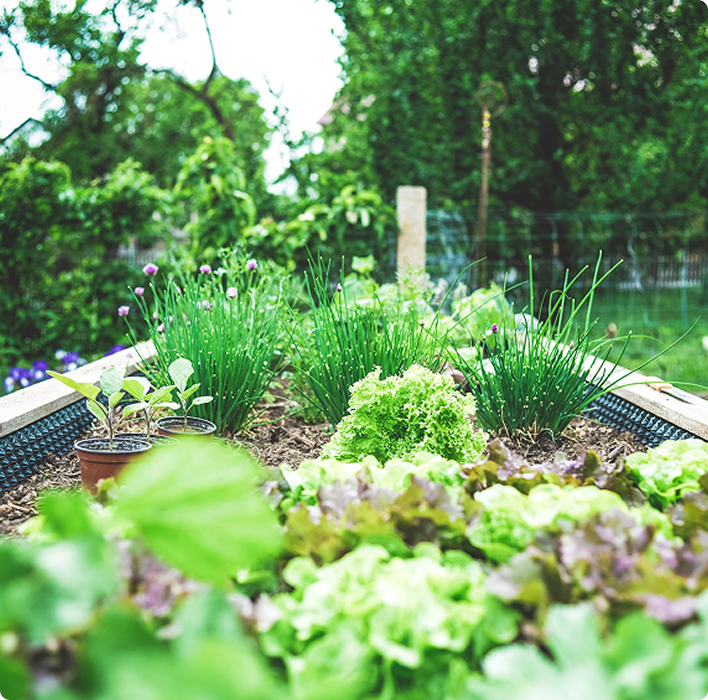Your Three-Season Vegetable Game Plan
Spring Planting (March to May):
Springtime is perfect for cool-weather champs. Think: leafy greens, root veggies, and legumes. Start these guys indoors late winter or (skip that step, like I do!) plant them directly into the soil once it’s not frozen solid. For more specifics, check out this chart:
| Plant Type | February | March | April | May | Remove Plants |
|---|---|---|---|---|---|
| Vegetables | |||||
| Lettuce | Late February | Early to mid-March | Continue planting | Late May to early June | |
| Spinach | Late February | Early to mid-March | Finish planting early | Late May | |
| Kale | Late February | Early March | Continue planting | Midsummer to late summer | |
| Arugula | Late February | Early to mid-March | Continue planting | Late May to early June | |
| Carrots | Mid-March to late March | Continue planting | Harvest when ready, June–Aug | ||
| Beets | Mid-March to late March | Continue planting | June to July | ||
| Peas | Late February to early March | Early to mid-March | Finish planting early | Late May to early June | |
| Beans | Late April to early May | Continue planting | August to September | ||
| Potatoes | Mid-March to late March | Continue planting | July to August |
Summer Planting (June to August):
When the heat kicks in, it’s time for the summer classics: tomatoes, peppers, eggplants, peppers (you might know these as ‘nightshades’), as well as cucumbers, zucchini, and squash (AKA ‘cucurbits’).
As soon as spring crops have done their thing (bolted greens, anyone?), yank ‘em out and refresh the soil with compost or organic fertilizer. Plant your summer crew and enjoy the harvest through late August or early September.
Fall Planting (September to November):
When the weather cools off, bring back the cool-season favorites:
- Brassicas: Broccoli, cauliflower, cabbage
- Leafy greens: Arugula, Swiss chard, mustard greens
- Root veggies: Turnips, parsnips, onions
By early September, your summer plants will likely be on their last legs. Clear them out, toss in some seeds or seedlings, and let your fall garden flourish. Bonus points if you throw on a row cover to keep things growing even longer!
Timing Tips for Plant Swaps
Smooth transitions between seasons are key to keeping the party going in your garden. Here’s the scoop:
Spring to Summer:
Late May to early June is go-time. Pull out spring crops, weed like your garden depends on it, and revamp the soil.
Summer to Fall:
`By late August or early September, it’s time to retire your summer all-stars. Look for signs of decline (like sad, shriveled tomatoes) and make room for fall’s finest.
Fall to Winter or Spring:
Leave root veggies in the ground for a cold-weather snack or clean up after the first frost. Cover any bare soil with mulch or a winter cover crop to keep it cozy until spring.
Top Tips for Crop Rotation Success
Know Your Families:
Group plants by their “families” (think nightshades, brassicas, legumes, cucurbits) and rotate them to mess with pests and diseases.
Keep a Journal:
Write down what you planted and where. Future you will thank you when it’s time to plan next year. You can simply make a couple quick notes in your phone to check out next year. I’ll write things I want to do differently or reminders of things that work.
Feed the Soil:
Add compost between seasons so your plants stay happy and well-fed.
Plan Ahead:
Use a garden planner to map out what goes where and when. No guesswork = more veggies.
With some thoughtful planning and a pinch of enthusiasm, your Zone 7 garden can churn out delicious, fresh veggies for three glorious seasons. Keep rotating those crops, and you’ll be the proud owner of a healthier, happier, and oh-so-productive garden.

